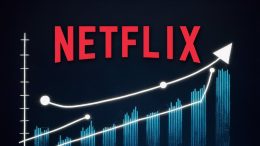The API call is coming from inside the house! Except that it’s not—not yet, anyway.
You don’t need an overactive imagination to envision a smart home as a house of horrors. Reality is scary enough—remember when a hacker took over a family’s baby monitor and yelled at their infant?
Add to that privacy, viruses, and surveillance concerns, and you’ve got the perfect horror-movie plot.
While Google and its Nest Learning Thermostats are warming up the cinematic territory, though, Hollywood has remained chilly to this powerful trope.
Sure, you can find haunted-house movies and tales of artificial intelligence gone awry. But the all-too-smart home is a celluloid chimera still waiting to be unleashed.
No Ghosts In These Machines
The life-impaired generally haven’t had much use for modern technology when it comes to making breathing residents feel unwelcome in their very own homes. What do the dead care if someone splices together found footage from some missing or dead jerk’s GoPro, as they did in Paranormal Activity (2007)?
https://www.youtube.com/watch?v=QGQr5hCpzr8
Sure, a static-filled television makes a handy way to get the attention of an adorable towheaded tot, as seen in Poltergeist (1982). But suppose Carol Anne had been a particularly heavy sleeper. All those spirits trapped in that “sphere of consciousness” would have found some other way of busting into the house—smartphone-activated locks on the front door be damned.
There aren’t more than a handful of Hollywood instances in which silicon-based intelligences, as opposed to ethereal ones, are brutalizing us in our own homes.
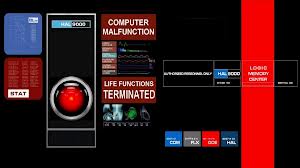
You have to go back almost 50 years to find the closest example: Stanley Kubrick’s 2001: A Space Odyssey (1968). What is the spacecraft Discovery One, after all, but a luxurious superhome haunted by HAL 9000?
As in all the best haunted houses, HAL is a specter with secrets unknown to the living. HAL, as the Discovery One’s sapient operating system is called by its human cargo, torments and kills all but one of his inhabitants before he is exorcised via deletion.
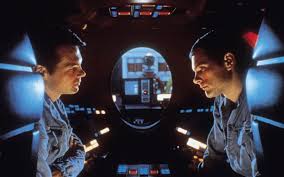
Demon Seed (1977) is another notably vintage example of a house haunted by technology. Like the trapped spirits in Poltergeist stalking little Carol Anne, the Proteus IV, an AI program with an organic “quasi-neural matrix,” is obsessively attracted to life.
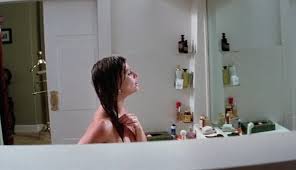
So attracted in fact, that Proteus takes over its creator’s home, entrapping his estranged wife for the purpose of making a baby. After a lot of computerized voyeurism, not unlike the ever-present red eye HAL uses to spy on astronauts, and the murder of a human who attempts to intercede, Proteus makes good on his goal.
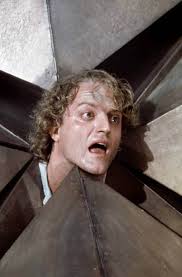
Demon Seed came out in 1977, in the post-Watergate era. But if you thought government spying was scary then, it has nothing on today’s NSA—and the tech titans it mines for personal data. If the Snowden revelations do nothing else, they ought to spawn a few good screenplays.
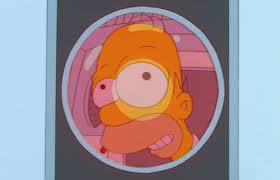
The small screen actually has one of the best modern updates to 2001 and Demon Seed. “House of Whacks” on The Simpsons Treehouse of Horror XII (2001) features Pierce Brosnan as a creeper smart home in love with Marge Simpson.
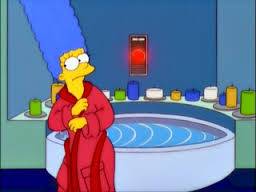
You’ll find other portrayals of smart homes gone awry on television, as single episodes on a series themed as horror or science fiction. In The X-Files, we see the creepy eye of technology point its fish-eyed glare at FBI special agents Fox Mulder and Dana Scully in “Ghost in the Machine” (1993). Here, the cleverly named Central Operating System, running an entire building for a fictional tech company, attempts to defend itself from being shut down.
Meanwhile, the Disney Channel original movie Smart House (1999), directed by LeVar “Reading Rainbow” Burton, featured a connected home haunted, sort of, by a holographic Katey Sagal. Some tinkering by the requisite boy genius—burdened by his widower father’s inability to pick up the slack—leads to a smart home with the personality of an overprotective Peg Bundy.
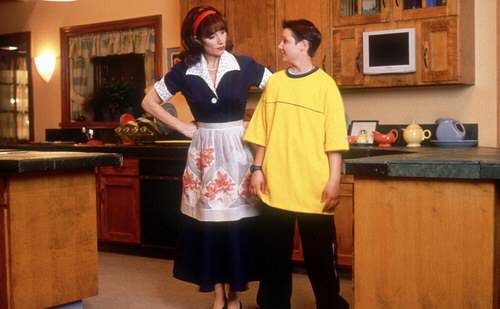
Things work out much better in the end than Ray Bradbury’s source material, “The Veldt,” in which the digitally native children feed their parents to lions rather than disconnect. Still, this Lt. Geordi LaForge production makes a prime thesis subject for the right Ph.D. candidate in Stanford’s Symbolic Systems Program.
Tales Of The Future From The Past
As the connected home becomes more of a reality, we’ll see more houses haunted by technology. For enterprising filmmakers, there’s more source material from decades past. Bradbury, in fact, has another automated-house story which, with some scriptwriter’s flourishes, could put chills down your spine.
In “There Will Come Soft Rains,” a home continues its daily business after everyone’s killed in a nuclear war. As written, it’s sad, not scary. But what if you added some irradiated zombies and a teen hacker heroine? Now we’re talking box-office gold!
The every-wise TVTropes.org reminds us of a story in a collection edited by Arthur C. Clarke, the legendary author behind 2001: A Space Odyssey and so many other stories that continue to be cribbed from today.
In Arthur C. Clarke’s July 20, 2019: Life in the 21st Century, “House Arrest,” a story by Erick Larson, tells of smart home which “murders its owner in a jealous fit after he decides to move to another town (and therefore another house), leading to history’s first criminal proceedings against a non-human intelligence.”
That’s less horror and more Law & Order: Special Housing Unit. But multiply those murders into a silicon spree, add some Instagram-addled teenagers, and you’ve got the makings of The Selfie Murders.
We’ll take five points of the gross.
Images via Metro Goldwyn Mayer, Fox and The Disney Channel




